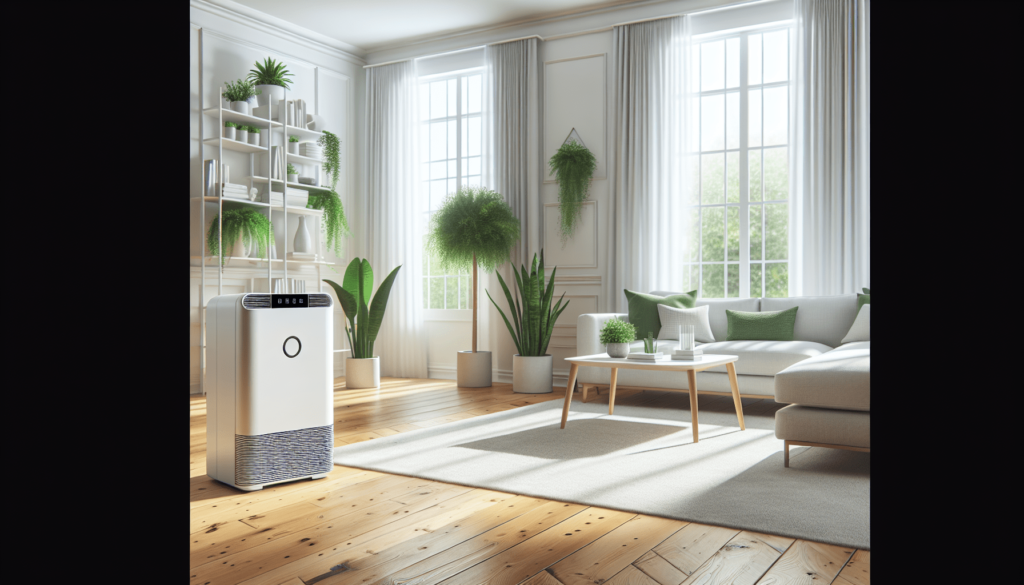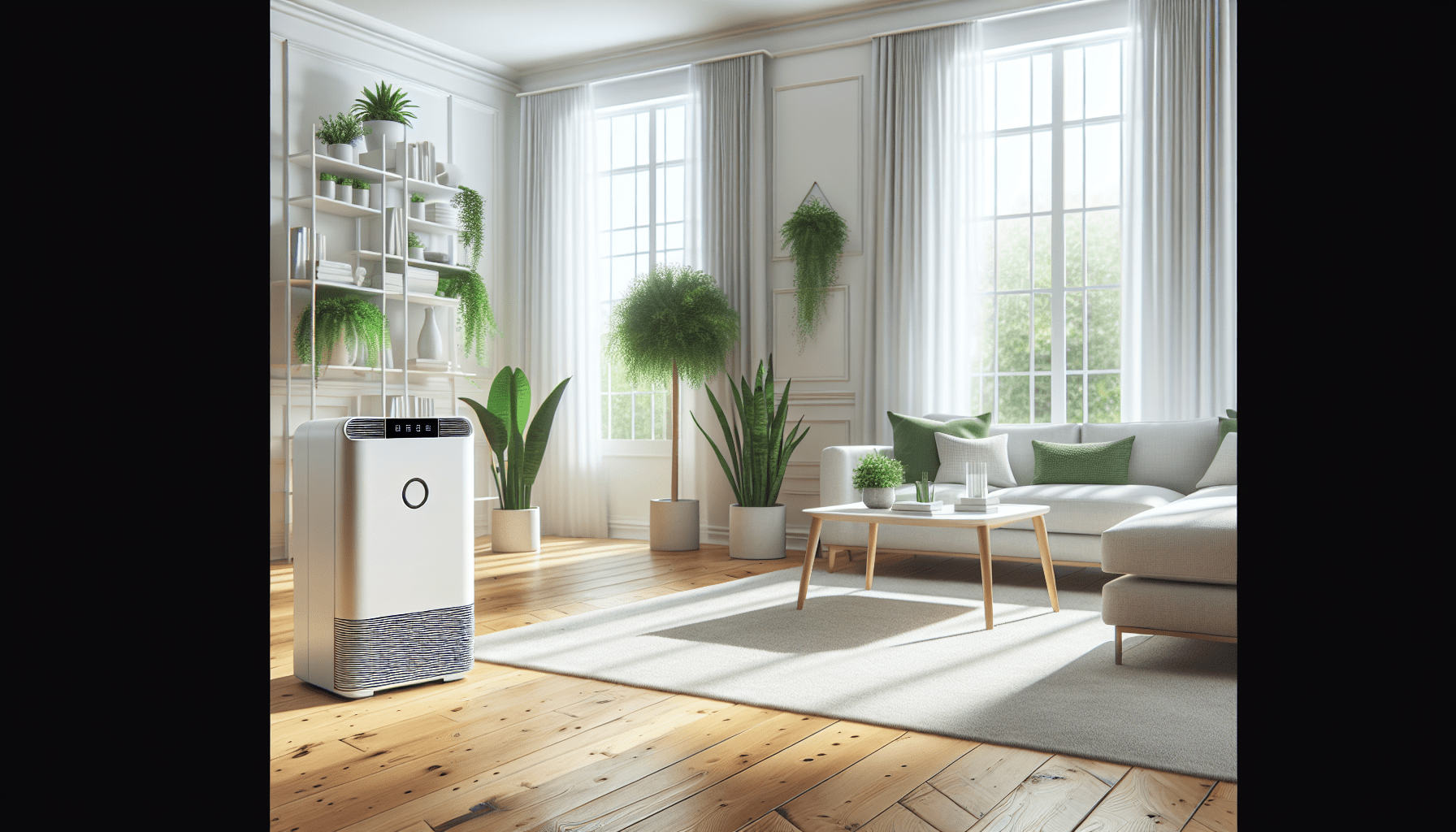Welcome to your ultimate guide on creating a safe and comfortable living space with “10 Tips to Prevent Allergic Reactions in Your Living Area.” Here, you’ll discover practical and easy-to-follow advice designed to keep your home free from allergens and irritants. Whether it’s dust mites, pet dander, or pollen, these tips will help you mitigate common triggers and maintain a healthier environment for you and your loved ones. Dive in to learn how you can transform your living area into a sanctuary of well-being and breathe a sigh of relief. Have you ever found yourself sneezing uncontrollably or dealing with itchy eyes while simply relaxing in your living room? If so, you’re not alone. Allergies can be a persistent nuisance, especially when they invade the comfort of your living area. Fear not! With a handful of proactive steps, you can turn your living space into a sanctuary, free from allergens.
The Importance of a Clean Living Environment
Creating an allergen-free space is essential for your well-being, particularly if you suffer from allergies or asthma. Indoor allergens can trigger symptoms such as sneezing, coughing, runny nose, and itchy eyes. Long-term exposure to allergens can even lead to more severe health issues. That’s why maintaining a clean and safe living area is crucial.
Allergens Commonly Found Indoors
Before jumping into the tips, let’s first identify the common indoor allergens that may be causing your discomfort. Some of the main culprits include:
- Dust mites – These tiny creatures thrive in bedding, upholstered furniture, and carpets.
- Pet dander – Small, even invisible flecks of skin shed by cats, dogs, rodents, birds, and other animals with fur or feathers.
- Mold – Fungi that grow in damp areas, like bathrooms and kitchens.
- Pollen – While often outdoor-related, pollen can drift indoors through open windows and doors.
- Cockroach droppings – Surprisingly common in urban environments and a significant allergen.
Identifying the specific triggers in your living space can help you target your cleaning efforts more effectively.
1. Maintain a Regular Cleaning Schedule
Keeping your living space tidy is your first line of defense against allergens. The key to effective cleaning is consistency. By following a regular cleaning schedule, you can minimize the accumulation of dust, pet dander, and other allergens.
Weekly Cleaning Tasks
Set aside some time each week to tackle tasks that will keep allergens at bay:
| Task | Description |
|---|---|
| Dust surfaces | Use a damp cloth to wipe down furniture, shelves, and other surfaces. |
| Vacuum carpets and rugs | Use a vacuum with a HEPA filter to trap allergens. |
| Mop hard floors | Use a damp mop to clean hardwood and tile floors. |
| Wash bedding | Launder sheets, pillowcases, and duvet covers in hot water. |
Monthly Deep Cleaning
For a more thorough clean, set aside a few hours each month to:
- Vacuum upholstered furniture.
- Wash curtains or blinds.
- Clean ceiling fans and light fixtures.
- Wipe down baseboards and window sills.

2. Use HEPA Filters
High-efficiency particulate air (HEPA) filters are designed to trap tiny particles, making them an essential tool in the fight against allergens. Incorporating HEPA filters into your home can significantly reduce the amount of dust, pet dander, and pollen circulating in the air.
HEPA Filter Applications
There are several areas in your home where HEPA filters can be beneficial:
| Application | Benefit |
|---|---|
| Vacuum cleaners | Captures allergens during cleaning. |
| Air purifiers | Removes airborne particles and improves air quality. |
| HVAC systems | Filters out allergens as air circulates through your home. |
Investing in HEPA filters for these applications can make a noticeable difference in your indoor air quality.
3. Control Indoor Humidity
High humidity levels create a breeding ground for mold and dust mites. By controlling the humidity in your home, you can reduce the growth of these allergens.
Ideal Humidity Levels
Aim to keep your indoor humidity between 30% and 50%. You can measure and manage humidity levels using a few simple tools:
| Tool | Purpose |
|---|---|
| Hygrometer | Measures humidity levels in your home. |
| Dehumidifier | Reduces moisture in the air, particularly in damp areas like basements. |
| Air conditioner | Helps to control humidity in warmer weather. |
Regularly monitoring and adjusting your home’s humidity can prevent mold growth and dust mite proliferation.

4. Minimize Carpets and Rugs
Carpets and rugs can trap allergens such as dust mites, pet dander, and pollen. Consider minimizing the use of carpets and rugs in your home to reduce allergen buildup.
Alternatives to Carpeting
Opt for easy-to-clean flooring options such as:
- Hardwood – Durable and easy to maintain.
- Tile – Resistant to moisture and allergens.
- Laminate – Offers the look of wood without the allergen issues.
If you prefer the comfort of carpets, choose low-pile options and vacuum regularly using a vacuum with a HEPA filter.
5. Wash Bedding and Upholstery
Your bed and upholstered furniture can harbor allergens like dust mites and pet dander. Regularly washing bedding and cleaning upholstery can help keep these allergens under control.
Washing Instructions
For best results, wash bedding and other fabrics in hot water (at least 130°F) to kill dust mites. Consider the following schedule:
- Weekly – Sheets, pillowcases, duvet covers.
- Every 1-2 months – Mattress covers, pillows, and blankets.
- Quarterly – Upholstered furniture and cushions.
Using allergen-proof covers on mattresses and pillows can also provide an additional layer of protection.
6. Keep Windows and Doors Closed
While it’s nice to let in some fresh air, open windows and doors can allow pollen and other outdoor allergens into your home. To keep allergens out, try to keep windows and doors closed, particularly during peak allergy seasons.
Ventilation Tips
To maintain good indoor air quality without opening windows, consider:
- Using air purifiers – Place them in key areas like the living room and bedrooms.
- Running the HVAC system – Ensure it has a high-quality filter to trap allergens.
- Exhaust fans – Use in the kitchen and bathroom to remove moisture and pollutants.
By limiting the entry of outdoor allergens, you can create a more controlled indoor environment.
7. Implement Pet Care Practices
If you have pets, their dander can be a significant allergen. Implementing some pet care practices can help minimize the spread of pet-related allergens.
Pet Care Tips
Keep pet dander under control with these strategies:
| Tip | Description |
|---|---|
| Bathe pets regularly | Helps to reduce dander and fur shedding. |
| Designate pet-free zones | Keep pets out of bedrooms and other key areas. |
| Use pet-specific furniture covers | Washable covers can protect furniture from dander. |
Regular grooming and cleaning up after your pets can greatly reduce the presence of allergens in your home.
8. Reduce Clutter
Clutter can collect dust and make cleaning more challenging. By minimizing clutter, you can create a cleaner, more allergen-free space.
Decluttering Strategies
Adopt these habits to keep clutter under control:
- Adopt a minimalist approach – Keep only items that you genuinely need or love.
- Use storage solutions – Bins, cabinets, and closets can keep items organized and out of sight.
- Regularly review and purge – Go through your belongings periodically to remove items you no longer use.
A clutter-free space is not only visually pleasing but also easier to clean and maintain.
9. Address Mold Issues Promptly
Mold can cause a range of health issues, from mild allergic reactions to more serious respiratory problems. Addressing mold issues promptly is essential for maintaining a healthy living environment.
Mold Prevention Tips
Prevent mold growth with these steps:
| Step | Action |
|---|---|
| Fix leaks and drips | Repair any plumbing issues promptly. |
| Ventilate damp areas | Use exhaust fans and dehumidifiers in bathrooms and kitchens. |
| Clean up promptly | Address spills and water damage immediately. |
Using mold-resistant paint and cleaning surfaces with mold-killing solutions can further help keep mold at bay.
10. Choose Allergen-Reducing Products
There are a variety of products on the market designed to reduce allergens in your home. Utilizing these products can complement your cleaning efforts.
Effective Products
Consider incorporating the following allergen-reducing products:
| Product | Benefit |
|---|---|
| Allergen-proof bedding covers | Protect against dust mites and other allergens. |
| Hypoallergenic cleaners | Reduce chemicals that can trigger allergies. |
| Air purifiers with HEPA filters | Trap airborne particles and improve air quality. |
By choosing products specifically designed to combat allergens, you can create a healthier living space.
Conclusion
Allergies can significantly impact your quality of life, but with these 10 tips, you can greatly reduce allergens in your living area. By maintaining a regular cleaning schedule, using HEPA filters, controlling indoor humidity, minimizing carpets, washing bedding and upholstery, keeping windows closed, implementing pet care practices, reducing clutter, addressing mold issues, and choosing allergen-reducing products, you’ll create a healthier, more comfortable home environment.
Remember, the key to preventing allergic reactions is consistency. By incorporating these practices into your routine, you can enjoy a cleaner, allergen-free living space. Happy cleaning!
